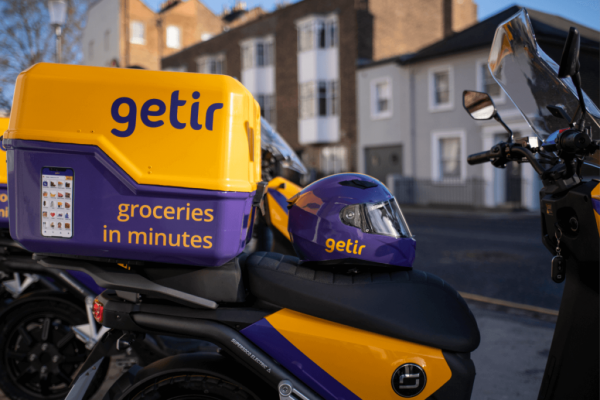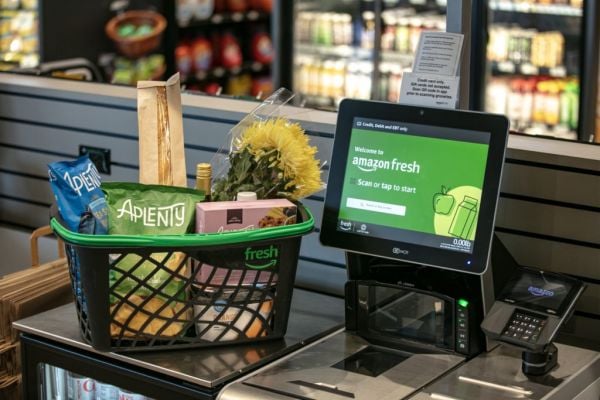In recognition of our changing spending behaviour during the pandemic, the UK’s Financial Conduct Authority (FCA) has announced plans to consult on increasing the contactless spending limit from £45 to £100.
Prior to the COVID-19 outbreak, this same limit was just £30. And while the FCA limit is advisory, it sets an industry standard observed by the vast majority of card providers and retailers.
Clearly, our ability to pay for goods and services via contactless options is useful in a pandemic. Maintaining social distance by reducing queues, plus negating the need to touch keypads, will all help to fight transmission of the virus.
Diminishing Need For Cash
Meanwhile, the Bank of England recently reported on the diminishing need for cash, amplified by the pandemic, which has strengthened calls to increase the contactless payment limit.
On the other hand, increasing the limit for such transactions to £100 will lead to increased fraud, despite the use of machine learning methods to spot fraudulent contactless payments quicker.
But our real concern is not fraud, but rather personal indebtedness. Behavioural science suggests that raising the contactless spending limit may encourage reckless spending and high levels of credit card debt.
Behavioural Implications
Spending limits have behavioural implications, and changing those limits can change our behaviours. One mechanism by which this change might take place is through 'information leakage', which occurs when individuals infer additional information from a particular decision or environment – potentially incorrectly or unwisely.
For example, many travel websites strongly encourage you to buy insurance from them when booking a flight.
Based on this framing, you might infer that travel insurance is an important or even essential thing to have. This inferred or 'leaked' information may then inform your eventual decision, and you may now buy insurance you otherwise wouldn’t have.
Information Leakage
The contactless spending limit likely produces information leakage, and changing the limit certainly will. It is likely that by increasing the limit to £100, many people will infer that, for example, it is normal to spend this much in a single transaction.
Such an inference may then nudge them to spend more, in alignment with what they now believe is normal.
On top of this, the convenience and ease of contactless payments reduces our opportunity to reconsider our purchases.
Ordinarily, the process of paying provides us with a final touchpoint to reconsider our purchasing decision. At the last minute, we have the chance to ask ourselves whether we really want or need what we’re about to purchase.
Contactless payments are so quick and simple that we’re denied this final touchpoint. Indeed, a cynical way of thinking about financial innovation is as a set of products that make it easier for us to part with our money.
The commercial world is well aware of this last barrier to your purchase and has invested in conveniently remembering your card details, signing you into an automatic rolling subscription, or allowing you to buy with a simple click, swipe, or contactless swish.
Seen this way, contactless payments are the 'buy it now' button of the physical world – and are affecting spending behaviour accordingly.
Increase In Expenditure
A study by MasterCard found that, in the 15 months following the introduction of contactless payments on bank accounts, total spend from those accounts increased by an average of almost 30%. Many people cannot afford such a behaviour change.
It seems that once we’ve had a taste of frictionless payments, our spending behaviour tends to become more automatic and – arguably – reckless.
The implications of this could be considerable, especially as contactless features are included on credit cards, which allow us to slip into our overdrafts instead of finding our payment rejected.
We have long known that people spend more using credit cards than cash. Twenty years ago, researchers showed that credit card users were prepared to pay up to twice as much for sports tickets than cash buyers.
Coupling this effect with contactless payments of up to £100 may lead to considerable additional spending – and when this extra spending is on a credit card, it risks thrusting people into debt.
In principle, the increase of the contactless spend limit during a global pandemic is sensible.
Most-Popular Payment Method
In the UK, contactless debit cards are now the most popular method of in-person payment, followed by contactless credit cards, which overtook cash to claim second place in 2019.
In 2020, nine out of ten UK card payments were contactless - and just 2.5 pence of every £100 spent using contactless payment options was attributed to fraud.
Nonetheless, we would urge regulators to be wary of extending contactless limits for credit card customers in particular.
We should fully consider the downsides this new limit may have in encouraging reckless spending, leading consumers to incur additional debt at a time when many are already suffering financial strain.














